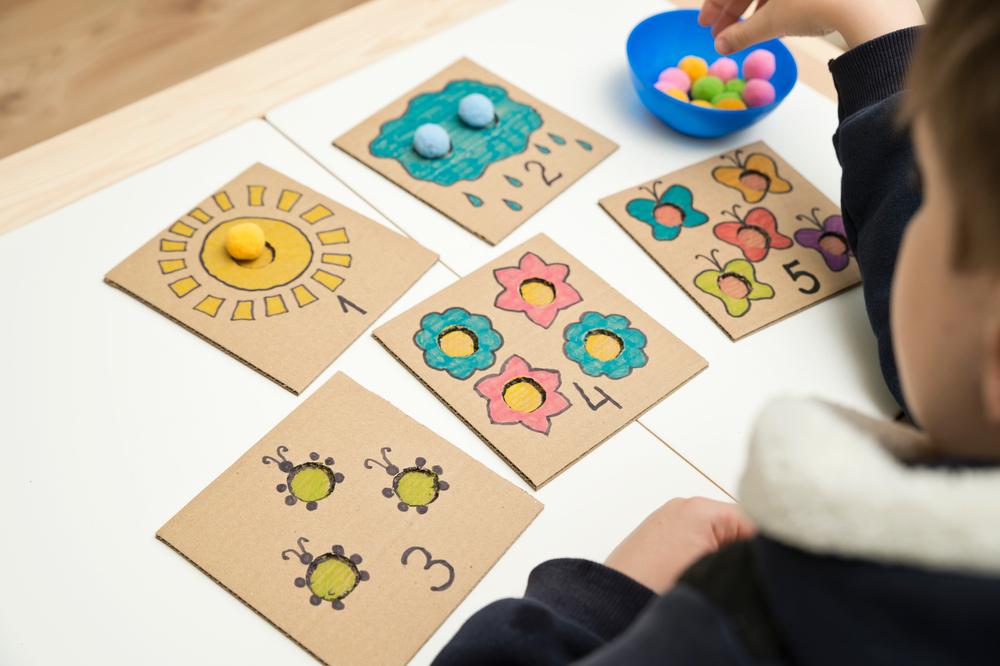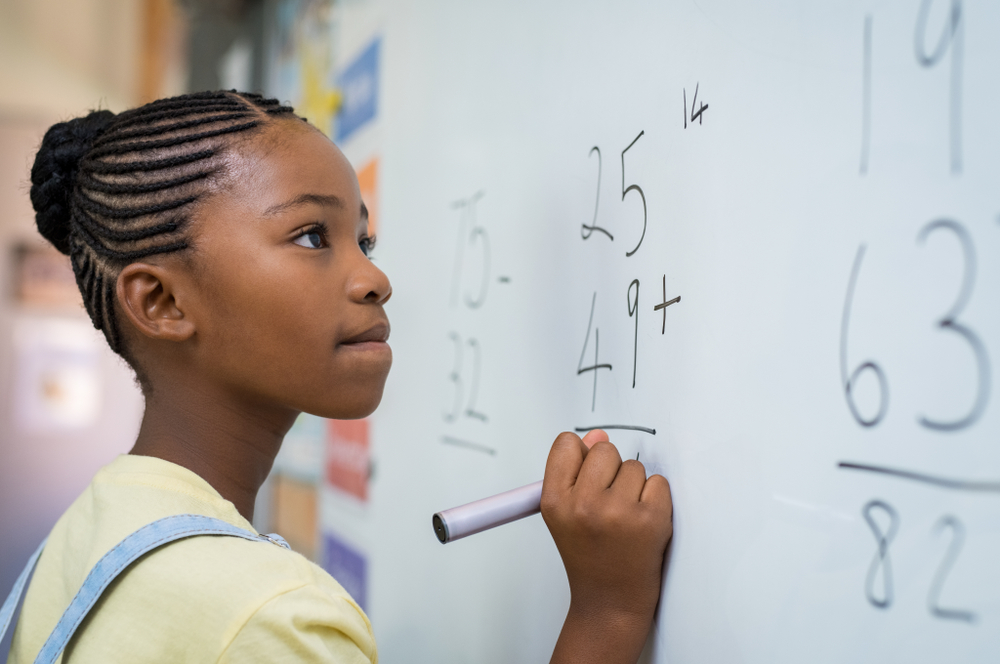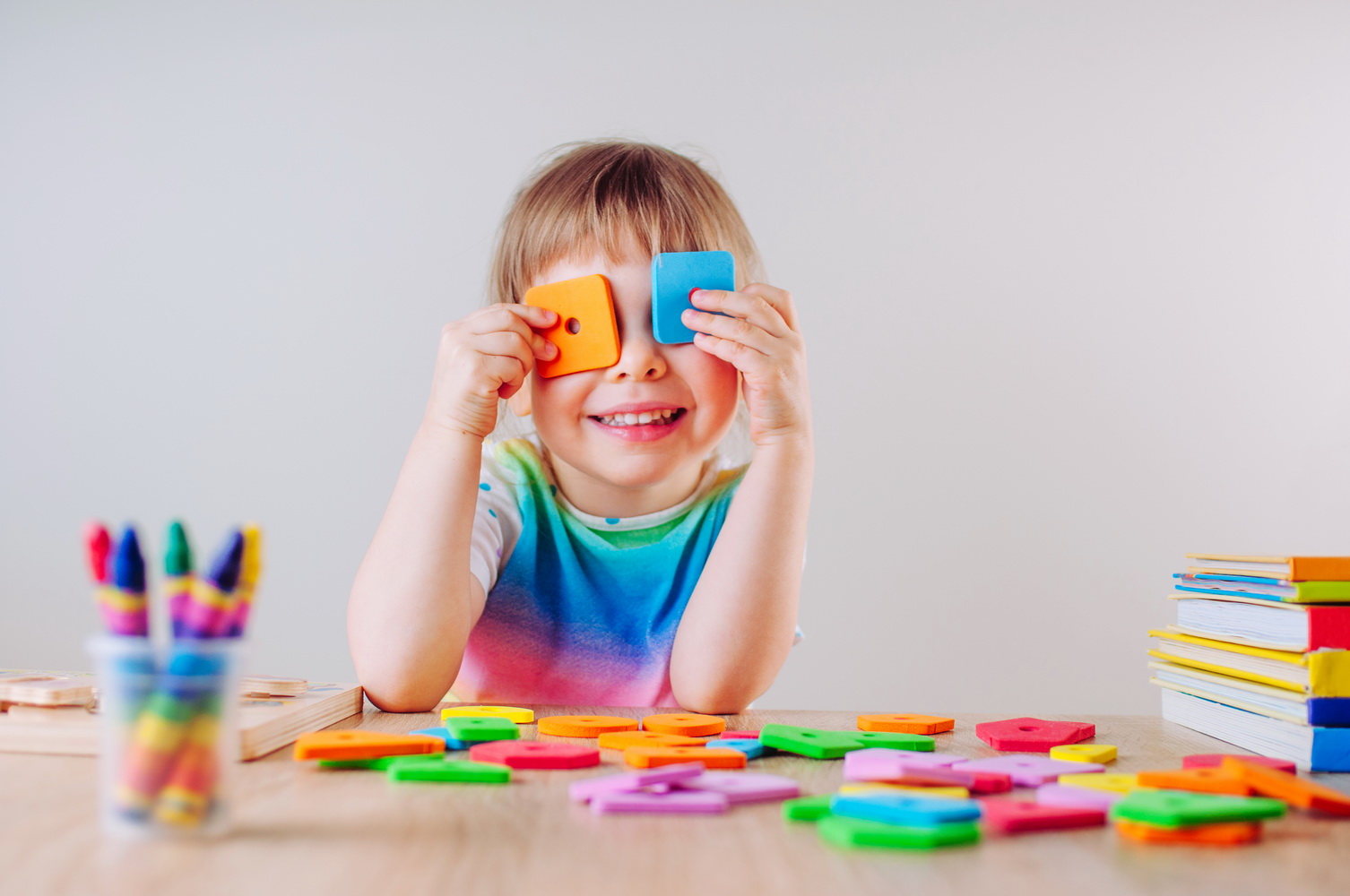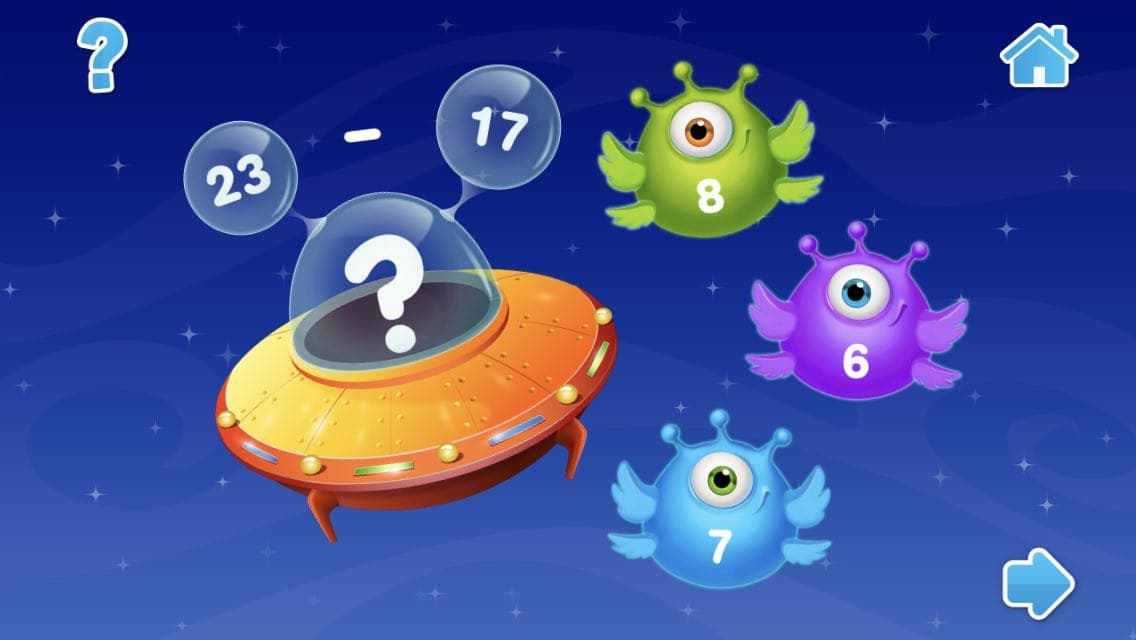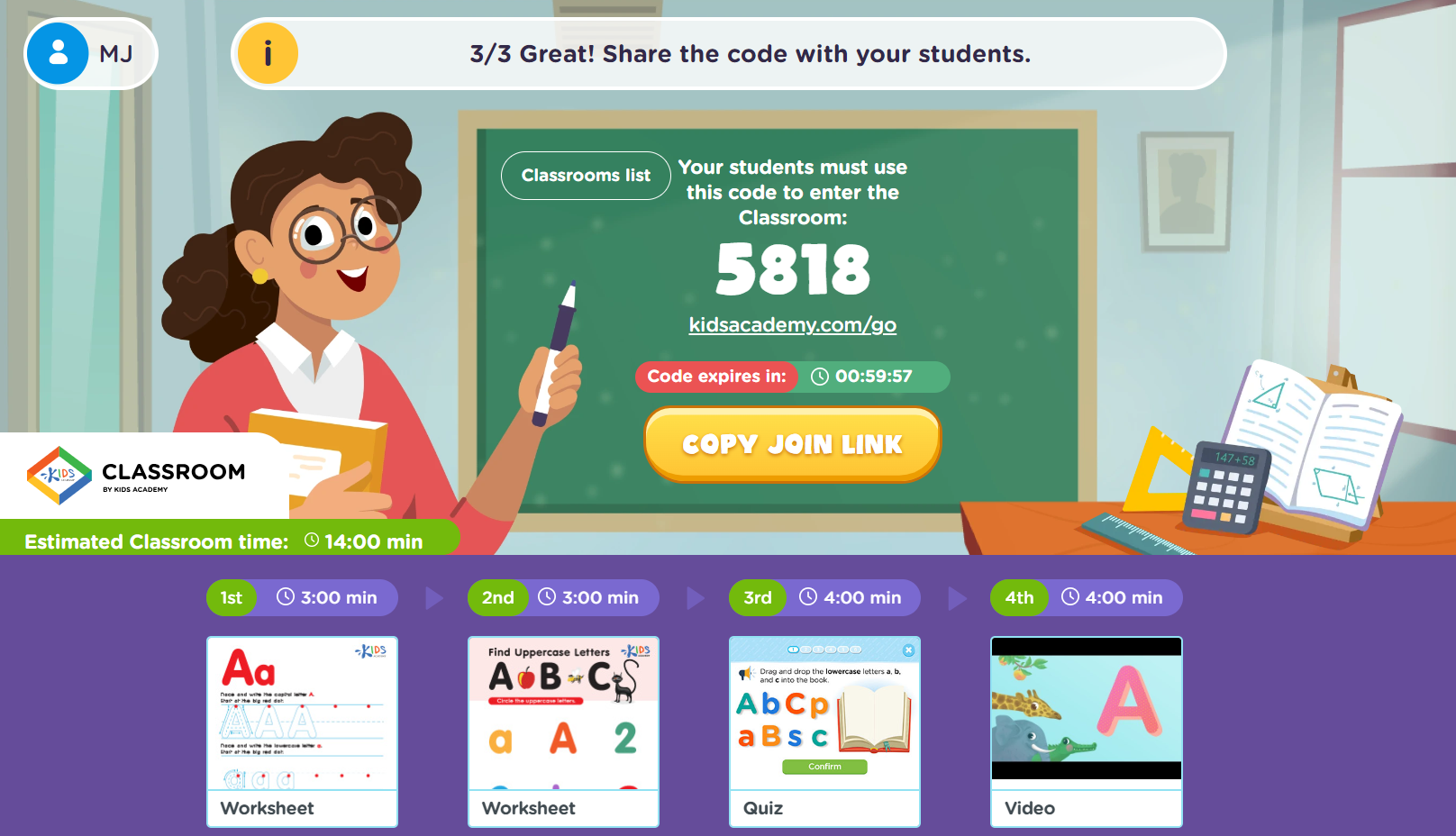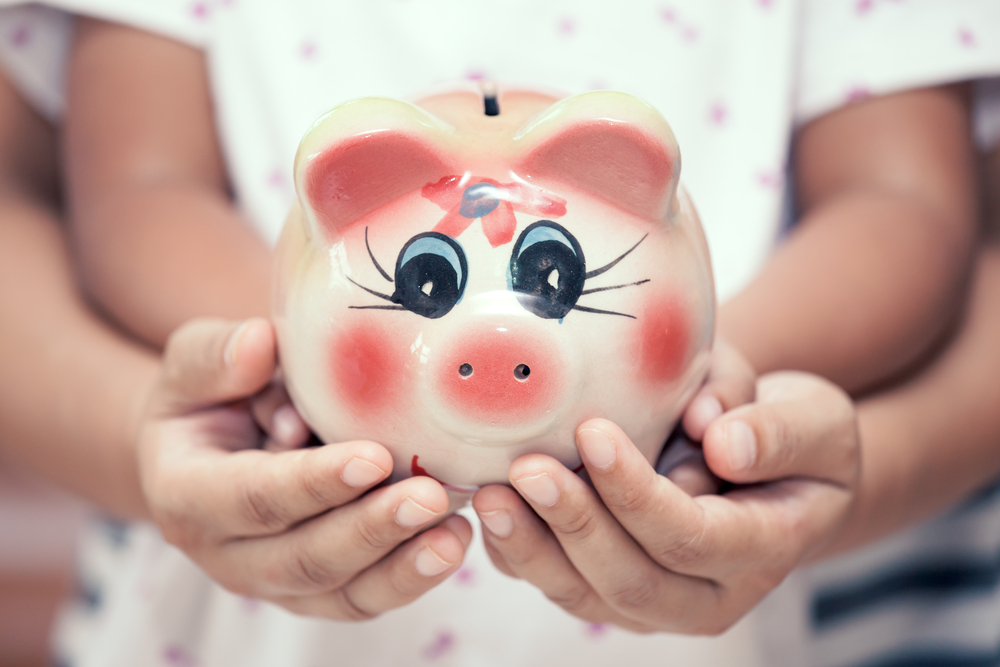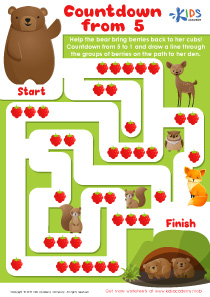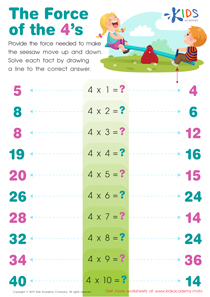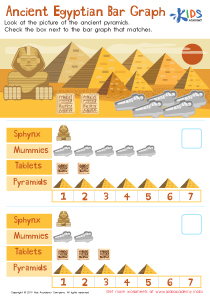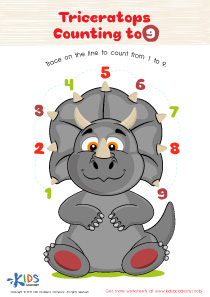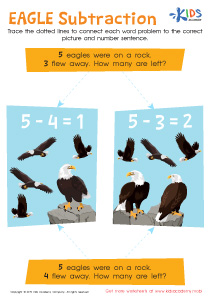Easy Comparison Worksheets for Ages 6-7
3 filtered results
-
From - To
Discover engaging Easy Comparison Worksheets designed specifically for children aged 6-7! Our worksheets help young learners master essential comparison skills through fun exercises. With colorful visuals and straightforward activities, children can practice comparing numbers, sizes, and quantities in a simple and enjoyable way. These worksheets encourage critical thinking and enhance mathematical concepts while fostering a love for learning. Perfect for classroom use or homeschooling, our printable resources make teaching comparison skills easy and effective. Empower your students or children to develop confidence in their abilities. Explore our collection today and make learning comparisons a fun adventure!
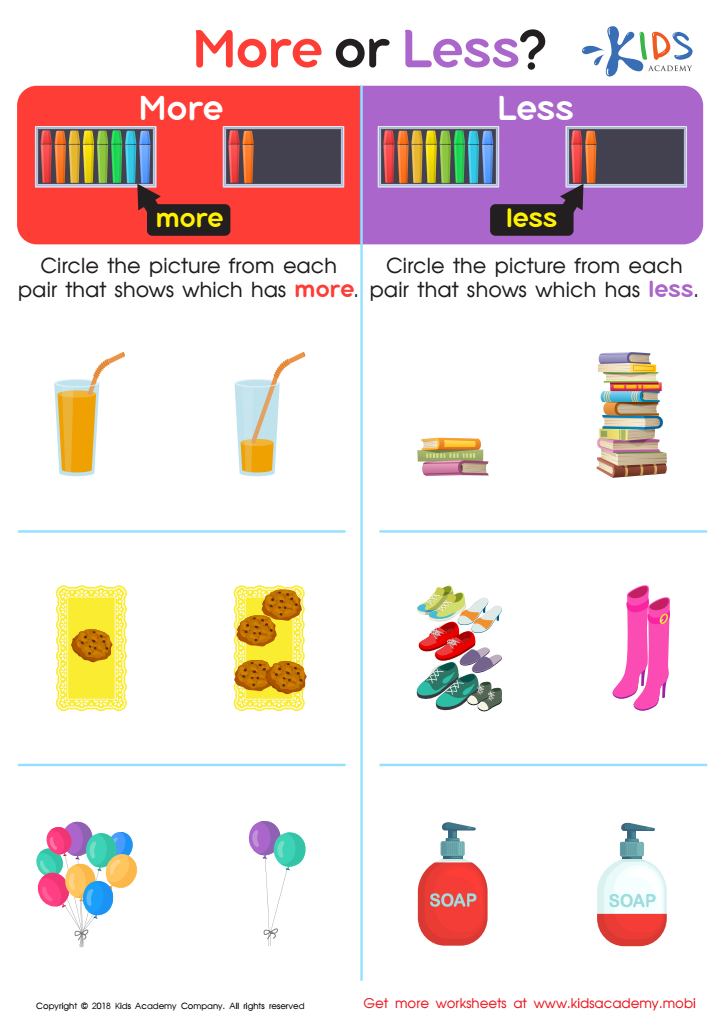

More or Less? Worksheet
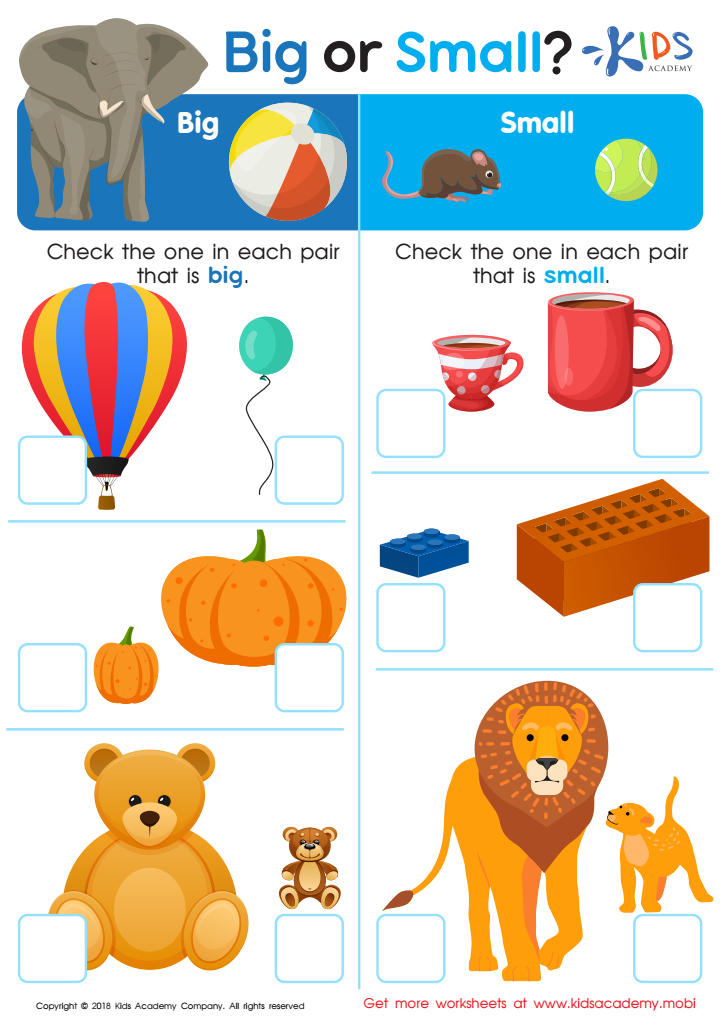

Big or Small? Worksheet


Which Has Less? Worksheet
Easy Comparison for Ages 6-7 is a crucial educational tool that aids in enhancing children's critical thinking and analytical skills. At this age, children are beginning to develop their cognitive abilities, and using comparison-based activities helps them understand relationships and differences between objects, ideas, or numbers. This foundational skill set not only fosters reasoning abilities but also lays the groundwork for more complex mathematical concepts and general problem-solving down the line.
Moreover, comparisons can be essential in fostering language development. As children articulate their thoughts and observations during comparison exercises, they expand their vocabulary and communication skills. Parents and teachers can incorporate this into daily discussions, making learning organic and engaging.
Furthermore, engaging children in comparison activities cultivates their decision-making skills, teaching them to weigh options and consider consequences. This skill is invaluable, influencing areas beyond academia into their future personal and professional lives.
Ultimately, investing time in understanding and utilizing Easy Comparison equips young learners with the necessary tools for academic success and everyday problem-solving, making it crucial for their developmental journey. Both parents and educators should embrace this concept to ensure holistic growth and learning for children ages 6-7.
 Assign to My Students
Assign to My Students


